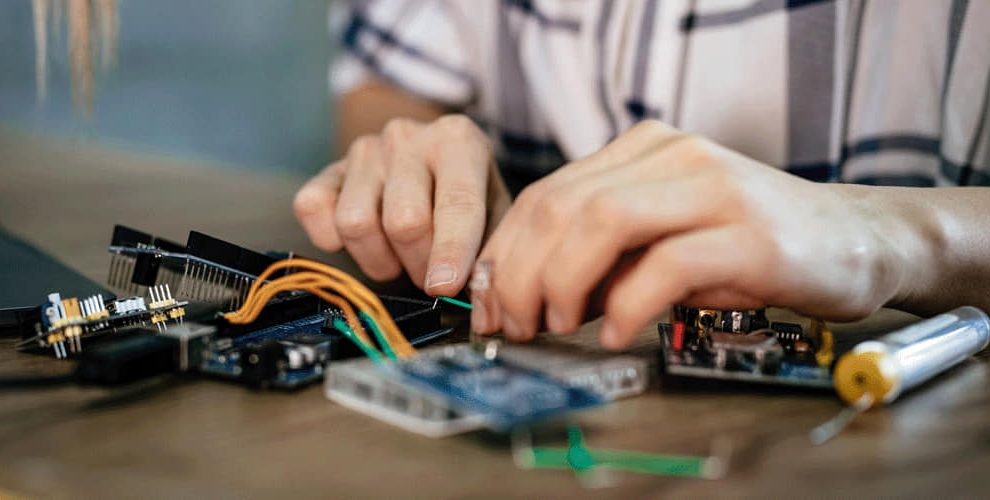Watt’s Up: A Beginner’s Guide to Understanding Electricity
Have you ever wondered how your appliances work? How do they light up, cool or heat things, play music, display pictures, or even wash dishes? The answer is electricity. Electricity is a form of energy that powers our everyday lives.
But what exactly is electricity and how does it work?
What is Electricity?
Electricity is the flow of electric charge through conductors such as wires. It can also be defined as the flow of electrons, which are tiny particles with a negative charge.
The movement of these electric charges creates an electromagnetic field, which is what allows electricity to power our devices.
Understanding Electric Circuits
Electricity flows through a closed pathway called an electric circuit. A basic electric circuit consists of three main components: the power source, conductors, and loads.
- Power Source: This could be a battery, solar panels, or generators that provide the electrical energy to the circuit. When the circuit is closed, the power source pushes electrons through the conductors.
- Conductors: These are materials that allow electricity to flow through them easily. Copper and aluminum are commonly used as conductors in household wiring.
- Loads: These are devices or appliances that use electrical energy to perform a specific task. Examples of loads include light bulbs, motors, and televisions.
To ensure the safe and efficient flow of electricity, electric circuits are designed with specific components such as switches, fuses, and circuit breakers. Other components like resistors and capacitors are used to control the flow of electricity in a circuit.
How is Electricity Distributed?
Electricity travels long distances from power plants to homes, offices, and factories through a network of wires known as electrical bus bars. An electrical bus bar is a metal strip or bar that conducts electricity and distributes it to different locations.
At the power plant, electricity is generated at high voltages and then transferred to substations through large transmission lines. At substations, the voltage is reduced to a safer level and then distributed to homes and businesses through smaller distribution lines.
When electricity enters a building, it goes through a meter that measures the amount of electricity used. The electricity then flows through an electrical panel, which is where circuits are divided and controlled for different areas of the building.
Safety Precautions
Electricity can be very dangerous if not handled properly. Here are some safety precautions to keep in mind:
- Never touch electrical outlets or wires: Always use plugs when connecting devices to an outlet and make sure your hands are dry. If you need to unplug something, turn off the switch or unplug it at the wall first.
- Avoid overloading outlets: Do not plug too many cords into one outlet as this can cause overheating and potential fires. Use power strips instead and make sure to use them safely.
- Keep water away from electricity: Water is a good conductor of electricity and can cause electrocution. Make sure to keep all electrical devices away from water and avoid using them with wet hands.
- Consult an electrician: If you notice any issues with your home’s wiring or experience frequent power outages, it is best to consult a licensed electrician for proper inspection and repairs. The safety of your home and family should always be a top priority.
Conclusion
Electricity is a powerful force that helps us in countless ways. From powering our homes to keeping us connected, it plays an integral role in our daily lives. Understanding the basics of electricity can help you use it safely and efficiently, so next time you turn on a light or charge your phone, you’ll have a better understanding of how it all works. So go ahead and explore the fascinating world of electricity, but remember to always put safety first!




















